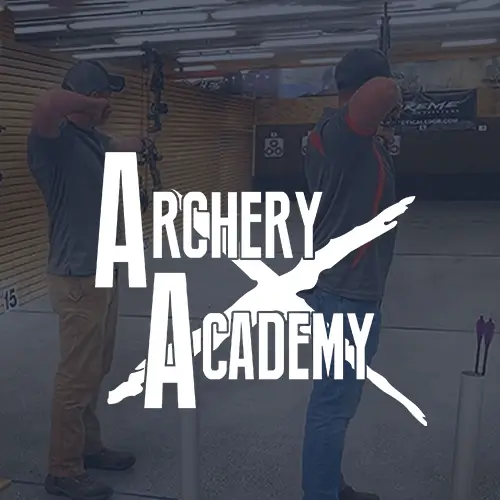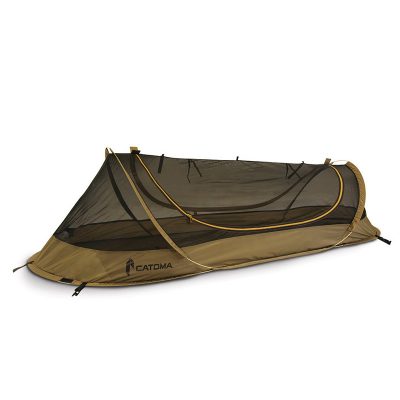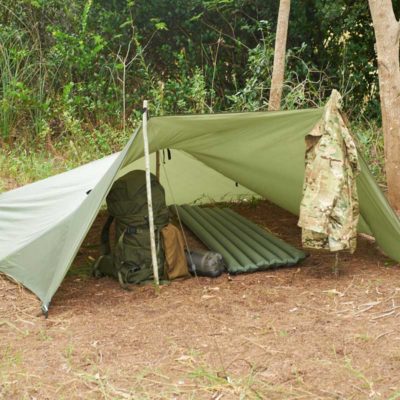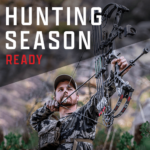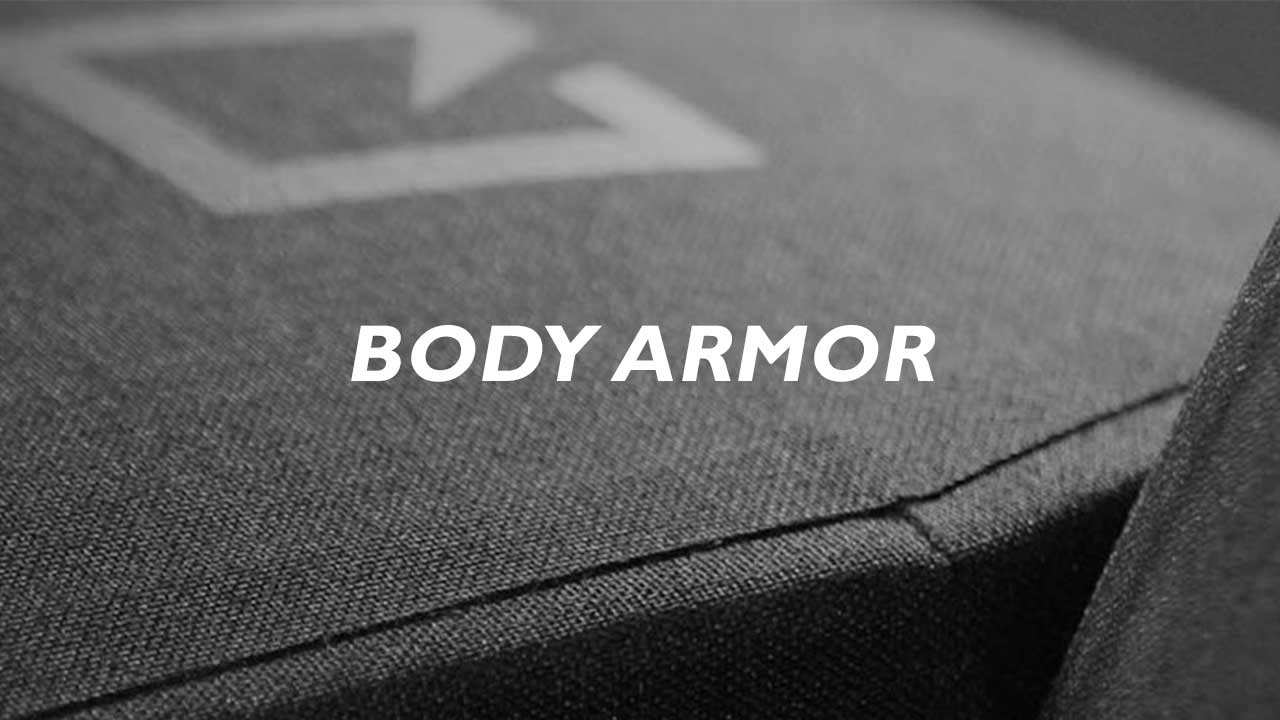In each country there is at least one organization in charge of setting standards for all body armor levels, which is used by both the police force and the military. In the United States, it is the National Institute of Justice (NIJ), and they work closely with the UK Centre for Applied Science and Technology (CAST) to develop global standards to keep the people wearing these body armors a lot safer. The NIJ has come up with six different body armor levels, and each level lets people know exactly what the vest is able to withstand without harming the wearer.
Body Armor Levels: What Do They Mean?
Organizations such as the NIJ test bullet-proof vests to determine what they can withstand. The goal, of course, is to make sure a gunshot or knife stabbing is not going to be fatal for the wearer of the vest. They test both conditioned and new vests to determine how strong they are by firing rounds of live ammunition at them so they can know for sure what the vest can take. Bullet-proof vests are then given a rating that demonstrates the results of these tests. Let’s take a look at the six levels that are applicable in the United States.
Type I
While this level is no longer used for body armor, Type I armor was able to withstand a .22 long rifle lead round nose (LR LRN) bullet at a velocity of 1,080 feet per second (FPS), plus or minus 30 FPS. It could withstand a .380 ACP full metal jacketed round nose (FMJ RN) bullet at a velocity of 1,055 FPS, plus or minus 30 FPS. Again, the NIJ no longer considers this to be one of the body armor levels tested by the organization, so it is no longer found in the literature on these levels.
Type IIA
In addition to the threats mentioned in Type I, this level protects against the following:
New armor:
- 9×19 mm Parabellum full metal jacketed round nose (FMJ RN) bullets at a velocity of 1,225 FPS, plus or minus 30 FPS
- .40 Smith & Wesson full metal jacketed (FMJ) bullets at a velocity of 1,155 FPS, plus or minus 30 FPS
- .45 ACP full metal jacketed (FMJ) bullets at a velocity of 900 FPS, plus or minus 30 FPS
Conditioned armor:
- 9 mm FMJ RN bullets at a velocity of 1,165 FPS, plus or minus 30 FPS
- .40 S&W FMJ bullets at a velocity of 1,065 FPS, plus or minus 30 FPS
- .45 ACP FMJ bullets at a velocity of 850 FPS, plus or minus 30 FPS
Type II
In addition to the threats mentioned in Types I and IIA, Type II armor also protects against the following:
New armor:
- 9 mm FMJ RN bullets at a velocity of 1,305 FPS, plus or minus 30 FPS
- .357 Magnum jacketed soft-point bullets at a velocity of 1,430 FPS, plus or minus 30 FPS
Conditioned armor:
- 9 mm FMJ RN bullets at a velocity of 1,245 FPS, plus or minus 30 FPS
- .357 Magnum jacketed soft-point bullets at a velocity of 1,340 FPS, plus or minus 30 FPS
Type IIIA
The Type IIIA armor protects against the threats mentioned in body armor levels I, IIA, and II, plus the following:
New armor:
- .357 SIG FMJ flat nose (FN) bullets at a velocity of 1,470 FPS, plus or minus 30 FPS
- .44 Magnum semi-jacketed hollow point (SJHP) bullets at a velocity of 1,430 FPS, plus or minus 30 FPS
Conditioned armor:
- .357 SIG FMJ FN bullets at a velocity of 1,410 FPS, plus or minus 30 FPS
- .44 Magnum SJHP bullets at a velocity of 1,340 FPS, plus or minus 30 FPS
Check out our Infographic
Type III
Type III armor protects against the threats mentioned in Types I, IIA, II, and IIIA, as well as the following:
Conditioned armor:
- 7.62×51 mm NATO M80 ball bullets at a velocity of 2,780 FPS, plus or minus 30 FPS
Type IV
Finally, there is the Type IV armor, which can protect from all of the threats mentioned above (at least single-hit protection) as well as the following:
Conditioned armor:
- .30-06 Springfield M2 armor-piercing (AP) bullets at a velocity of 2,880 FPS, plus or minus 30 FPS
Conclusion
Keep in mind that when it comes to body armor levels, they apply to three areas: ballistic threats, edged blade threats, and spiked weapon threats. The tests that the NIJ applies to its armor while testing it are done with the utmost professionalism, and the goal for the vests is not just to withstand gunshots and stabbings, but also blunt force trauma.
If you’re going to buy a bullet-proof vest, you’ll need to know not only what it is made of but also what it can withstand so you’ll know you are safe while you’re doing your job. The numbers associated with each type (level) all mean something, and they will make sure you get the right bullet-proof vest in the end.

